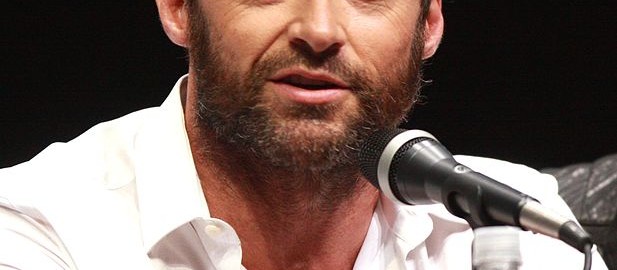So, what is dermoscopy?
Skin cancer has been in the news quite a bit recently, with data showing cases have soared since the 1970s and the high profile case of Hugh Jackman, the Hollywood actor who has been treated for skin cancer on two occasions now.
In my practice, which is mostly based in Oxfordshire, although I do hold clinics in London, I use dermoscopy almost every day. I have been one of the leading pioneers of this diagnostic technique in the UK and believe that it is invaluable in diagnosing skin cancer early.
About dermoscopy
Dermoscopy, or epiluminescence microscopy, is the study of skin problems, such as skin lesions, using an instrument called a dermatoscope. A dermatoscope is a special kind of microscope that is held directly against the skin to show details of skin problems at a magnification of around 10X.
Originally, dermatoscopes used a gel to keep the instrument in contact with the skin to reduce reflections from the skin surface. These days, no gel is required and reflections are reduced by using polarised light.
Dermatoscopes comprise a lens and a light source, with many also including a digital camera for recording images or short video of the skin surface.
What are the advantages of dermoscopy?
Dermoscopy provides a far more detailed and accurate assessment of skin lesions than observation with the naked eye. This results in much improved detection rates of melanomas and other skin cancers, as well as improved accuracy in differentiating between benign and malignant growths.
What is dermoscopy used for?
Dermoscopy is primarily used to examine melanomas, although it can be used to examine other suspected cancers, such as basal cell carcinomas, squamous cell carcinomas, angiomas, seborrheic keratosis and other cancerous lesions. It can also be used to examine pre-cancerous cells, such as those found in Bowen’s disease and actinic keratoses.
Dermoscopy is also a diagnostic tool for a number of other skin conditions, including:
- Scabies and pubic lice – including identification of type and location of individual mites
- Warts – enabling warts to be differentiated from corns and callouses
- Fungal infections – such as tinea and alopecia areata
- Hair and scalp problems – such as alopecia. (Where a dermatoscope is used in and around the hair, this is often referred to as trichoscopy).
Dermatoscopes can provide vital information in establishing the surgical margins of less distinct skin cancers, particularly where these are not clear to the naked eye. This improves the accuracy and outcomes of surgery and can often avoid the need for further procedures.
Digital dermoscopy
The dematoscopes I use are fitted with a digital camera to record pictures or video of the skin lesion. This allows the condition to be recorded and compared with images taken at a later date. This will show if there has been any growth or changes in shape that may indicate malignancy, or whether the lesion is dormant and therefore probably benign.


